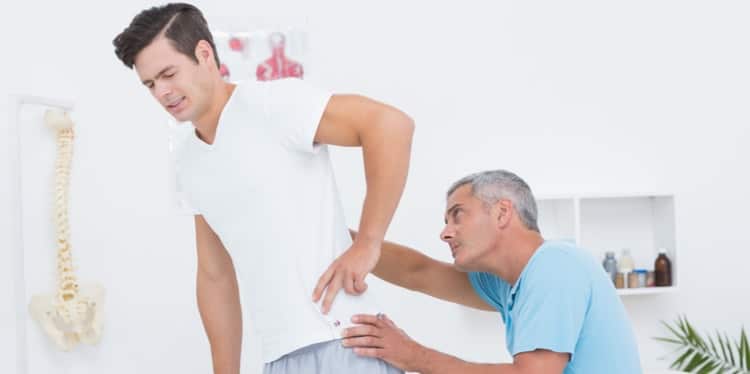


Here are a some examples of exercises and stretches you need to do to reduce and prevent hip and lower back pain and discomfort:. I advise and program the corrective exercises you should be doing during your pregnancy and beyond in the on-line Pregnancy and Post Natal exercise programs that I sell on-line at These exercises should also be performed post pregnancy to avoid pelvic instability post birth. Strengthening the muscles at any stage during your pregnancy will be of great benefit. If you can increase the strength in these 2 muscle groups it will reduce the chances of developing lower back and hip pains associated with pelvic instabilities during your pregnancy and beyond. Many women suffer from weak ‘glute’ muscles as we just don’t use them! We sit down on them for long periods, have poor posture and adopt standing and seated positions along with carrying young children incorrectly which all increase muscle imbalances! Increased Pelvic instability is caused by weaknesses in your gluteus maximus and gluteus medius muscles these are your hip stabilizing muscles. With corrective exercise and good pregnancy posture you can help minimize pelvic instability. Is this Avoidable and how can I avoid this? Pain and aches around your hip and lower back.Pain whilst walking and you can start to waddle during your 2nd Tri-mester.Pain in the groin which radiates into your adductors (inner thigh muscles).Pain at the symphsis pubis joint- can feel like a hot poker type of pain.You can feel a number of pains and symptoms associated with Pelvis Instability:. Instability in the sacroiliac joint or the symphysis pubic joint can cause either SPD, sciatic pain or both. Your pregnancy hormones cause the ligaments to loosen which makes them longer and weaker it also make the joints become unstable in your pelvis.Ī small amount of movement is ok but too much movement causes increased pelvis instability which then leads to aches and pain.


 0 kommentar(er)
0 kommentar(er)
